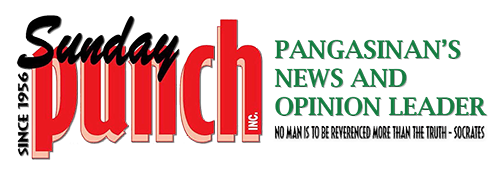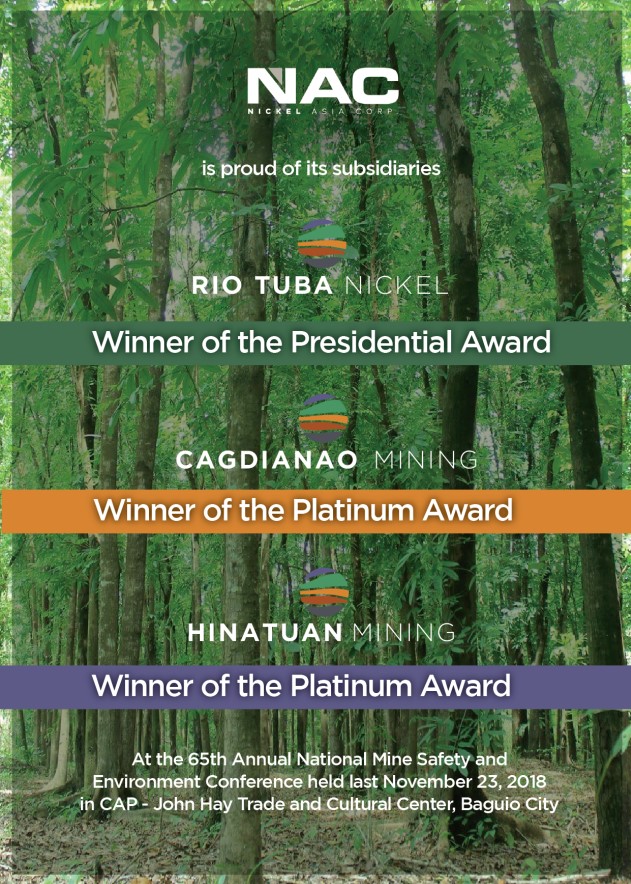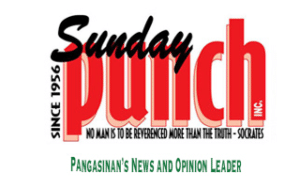Business Proposition
A delicate balancing act

By Roberto Garcia
LET us take a break from the discussion on culture techniques and talk about the sustainable development of aquaculture and its impact on the environment.
According to Ichiro Nomura, a top official of the United Nation’s Food and Agriculture Organization (FAO) Fisheries and Aquaculture Department, aquaculture is currently the world’s fastest growing food producing sector since it provides nearly half of the world’s food fish, and thus plays a vital role in global efforts to reduce hunger and malnutrition. However, he concluded that the major question was whether the aquaculture sector could grow fast and sustainably enough to meet the demand while preserving the natural resource base it needs to thrive.
In relation to the local situation, the unfortunate fish kills in Pangasinan and Batangas were attributed to excessive fish stocking density and uncontrolled artificial feeding in fish pens and cages. This resulted in the deterioration of the water quality, specifically the dissolved oxygen content and led to the mass mortality. To put it in another way, the big volume of fish stocked was far too much for the carrying capacity of the area.
We are all aware that a sustained productive and profitable aquaculture venture over a long period of time is good business. But sometimes the desire to increase fish production to meet the big demand and to gain more profit could be disastrous. There is a need to maintain a delicate balance between the requirements of increased production and the integrity of the natural environment for long-term sustainability.
On the other hand, there are culture techniques (so-called ecologically friendly) to produce aquatic food but do not cause environmental degradation, such as mollusc and seaweed farming which do not require artificial feeds. In fact both contribute to the improvement of the environment by reducing the negative impacts caused by industries and other human activities. Another case in point is the culture of fish using natural feed such as bangus (milkfish) or malaga (rabbitfish) fed with lab-lab or lumut which does not degrade the environment.
However, today’s big demand for different aquatic food species and the development of modern aquaculture techniques worldwide enable aquaculturists to farm almost any desirable species, from the lowly tilapia to the expensive blue fin tuna, but sometimes to the detriment of the natural environment.
Thus, the major challenge is how to reduce these negative environmental impacts while sustaining the development of the aquaculture industry.
Sustainable development of aquaculture requires a government’s commitment to provide appropriate support in terms of clear policies and programs and most importantly funding for their implementation.
For guidance, the FAO established the Code of Conduct for Responsible Fisheries, which contains principles and provisions in support of sustainable aquaculture development in areas of technical and financial assistance, training, technology transfer and scientific cooperation.
Our local government officials should look into it to avoid further degradation of our environment.






